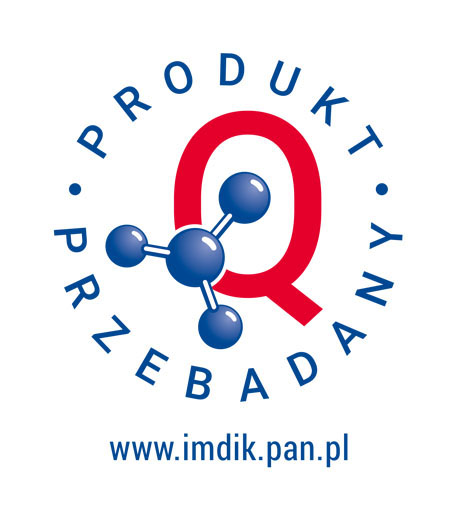Glioblastomas (GBM), the most aggressive brain tumors, remain incurable, justifying continuous efforts to find new molecular targets that would ensure more effective therapy of GBM. Increasing evidence indicates that oxidative/nitrosative stress (OS/NS) is linked to survival, proliferation and resistance to treatment of GBM cells. In GBM cells, excessive amounts of reactive oxygen species (ROS) and reactive nitrogen species (RNS) which are by-products of the metabolism of GBM cells promote increased activity of antioxidant pathways and in consequence, increased resistance to cell death. Peroxiredoxins (PRDX) are a family of six antioxidant enzymes often upregulated and considered as tumor-promoters in many types of neoplasms. Increased levels of PRDX1 and 4 in GBM compared to the non-tumor brain tissues have been documented and inhibition of their level decreased proliferation of GBM cells. However, the significance of the remaining four PRDX isoforms in these tumors is still poorly understood. Our preliminary results have shown an increased level of PRDX2 in GBM compared to the non-neoplastic brain tissues. Moreover, a commercially available inhibitor of PRDX1, adenanthin (ADNT), decreased survival of GBM cells but not of rat astrocytes. This promising data prompted us to design a project aimed at elucidating the role of PRDX2, 3, 5 and 6 in establishing GBM phenotype and verifying the hypothesis that these proteins could be considered as therapeutic targets in GBM.
GBM tissues and human non-neoplastic brain tissues will be obtained from the Department of Neurosurgery and Pediatric Neurosurgery of the Medical University Lublin, Poland. Moreover, primary cultures of cells isolated from the clinical samples (both GBM cells and GBM stem cells, GSC) and commercially available primary human astrocytes and neurons will be used. All experiments will be performed in the Department of Neurotoxicology, MMRI PAS. The techniques that will be employed include (apart from isolation and culturing of cells): cell transfection with siRNA or vector carrying a particular cDNA sequence; proliferation and survival tests; protein isolation and Western Blot; RNA isolation and RT-PCR; DNA isolation and PCR; analysis of intracellular ROS level. All the compounds to be used in the project (PRDX inhibitors and ROS inducers) are commercially available.
The expression pattern of PRDX2, 3, 5 and 6 in GBM tissues compared to non-neoplastic brain tissues and the role of these proteins in establishing phenotype of GBM has not been analyzed so far. Therefore, data obtained from this project will provide groundbreaking insights into the significance of PRDX enzymes in GBM. Gaining knowledge about the level of PRDX isoforms in these tumors and defining their role in GBM development in in vitro settings is a prerequisite of further experimenting in vivo. In a more distant perspective, results from this project might constitute a robust basis for the design of new anti-glioma therapy.






